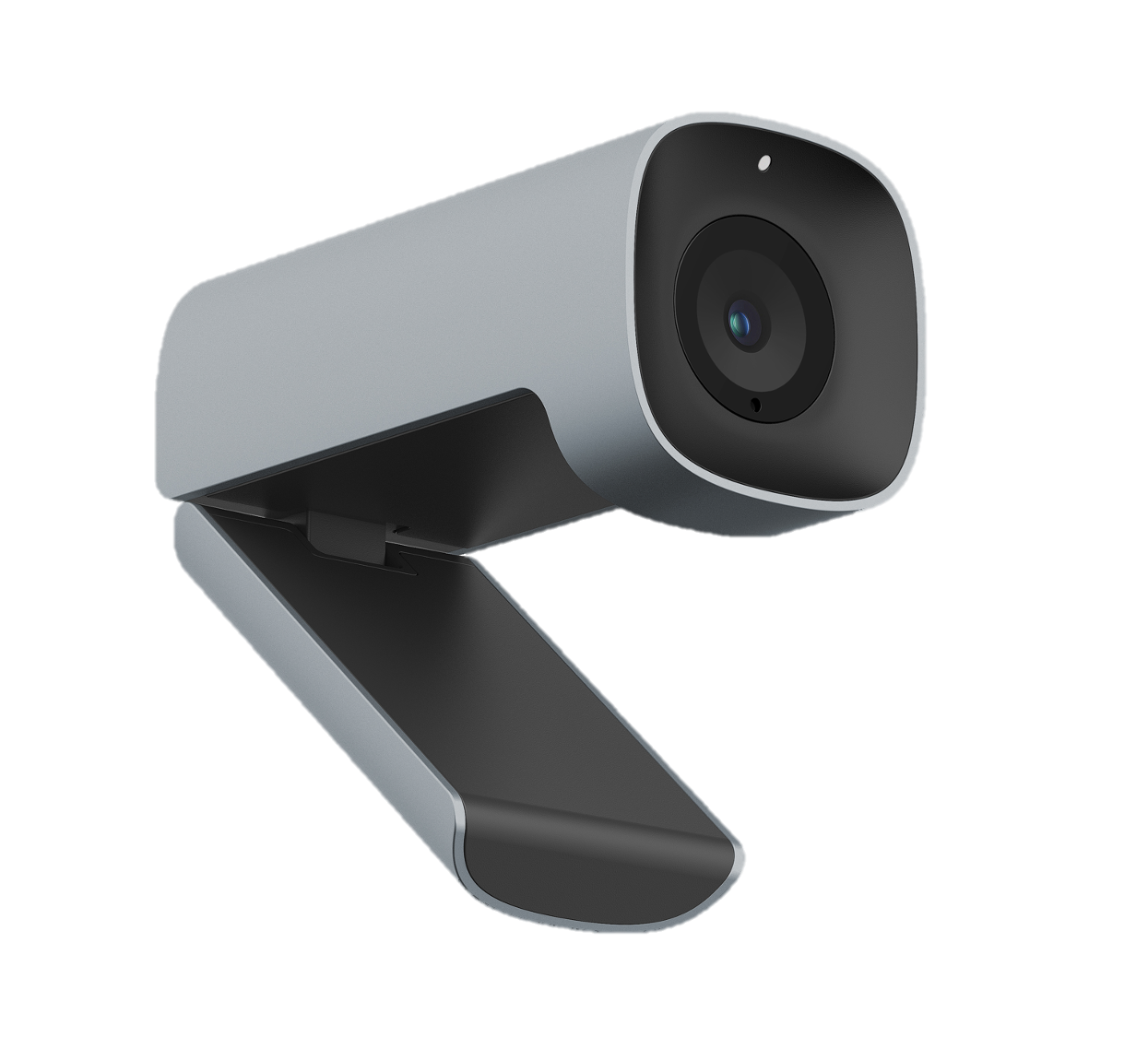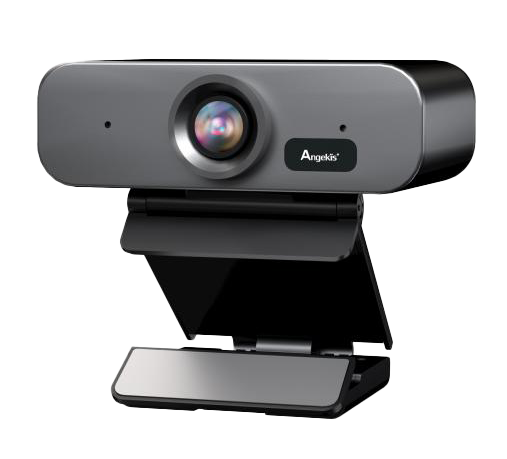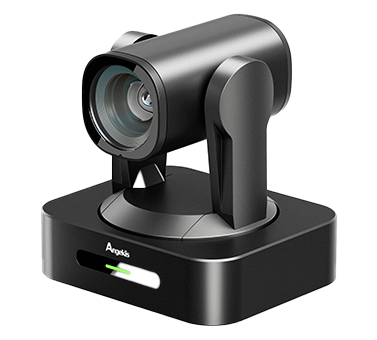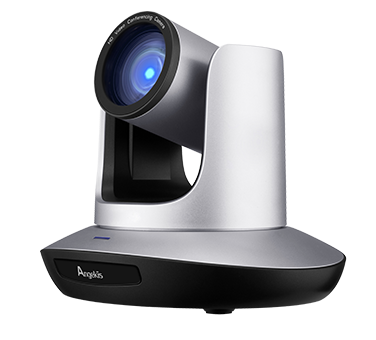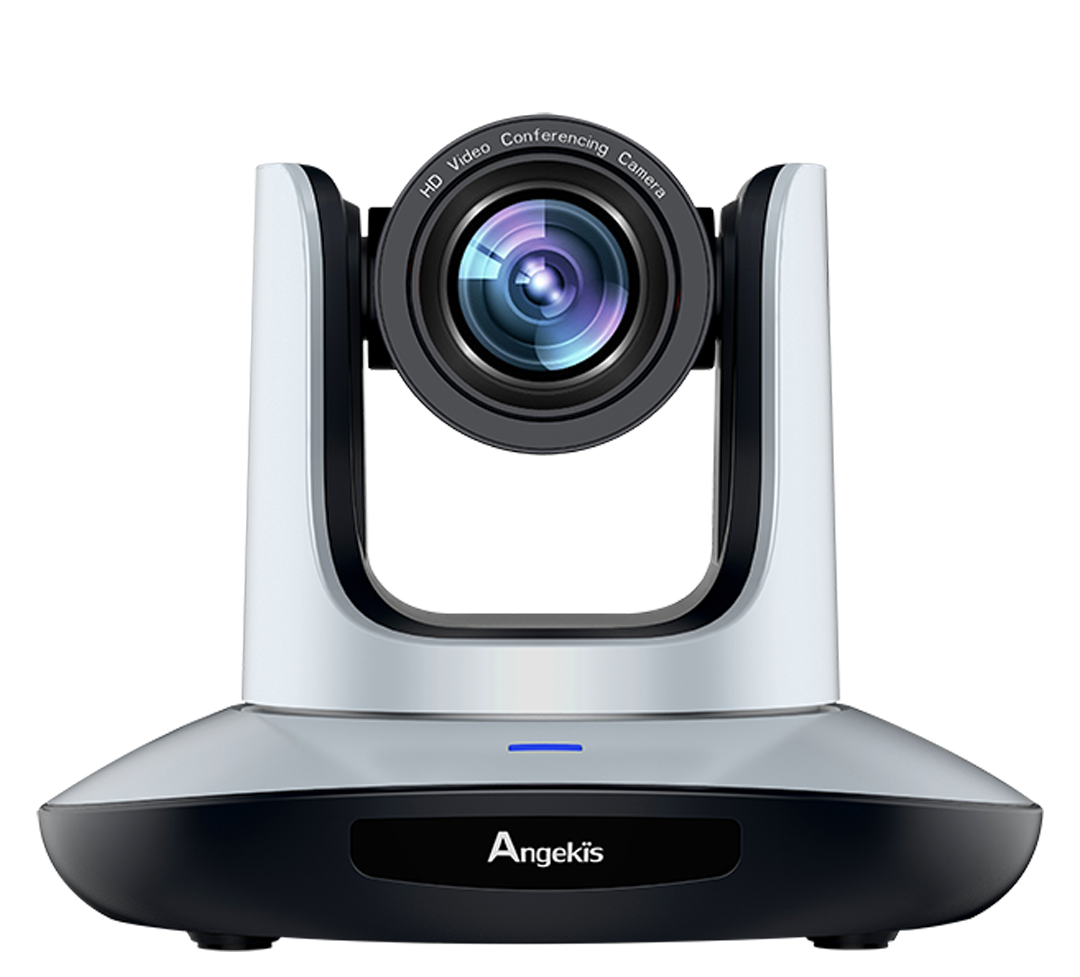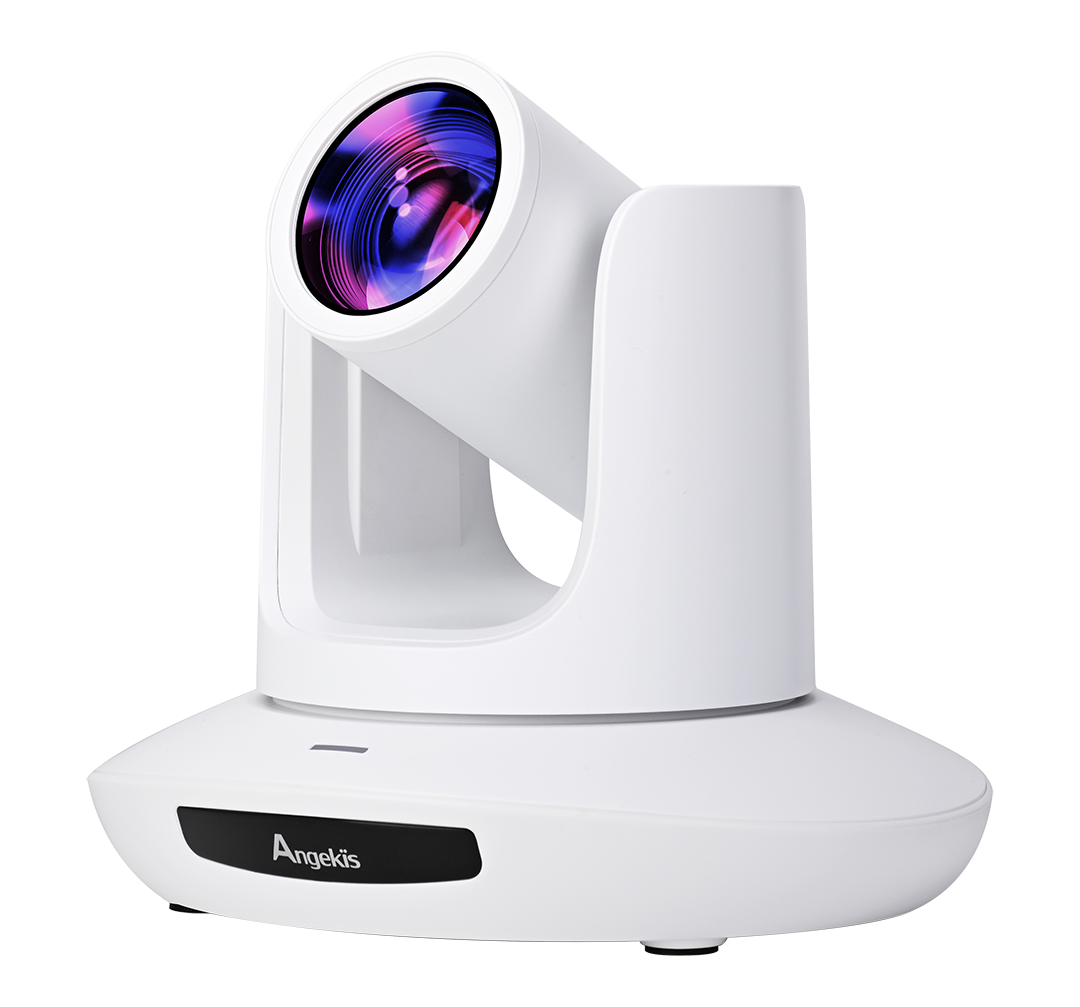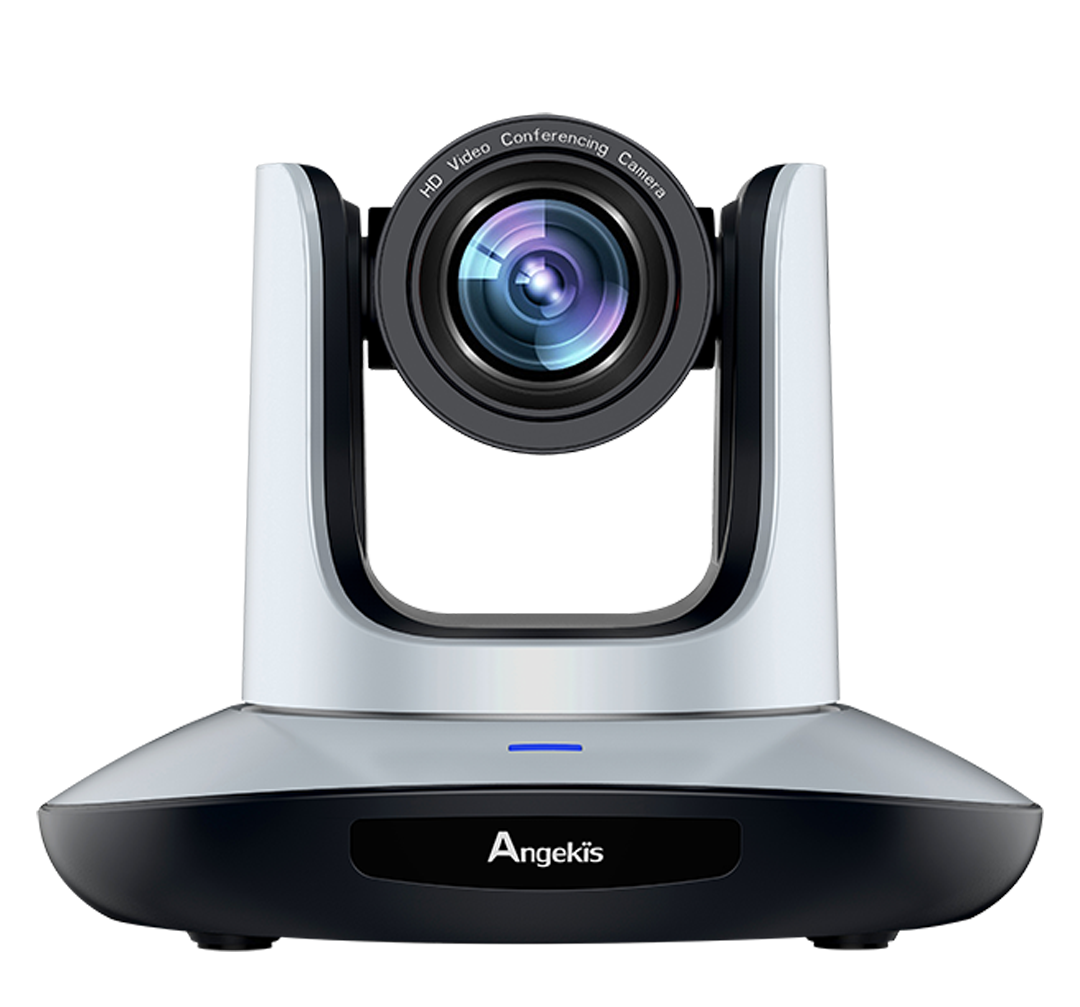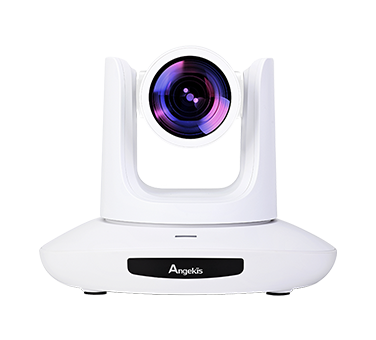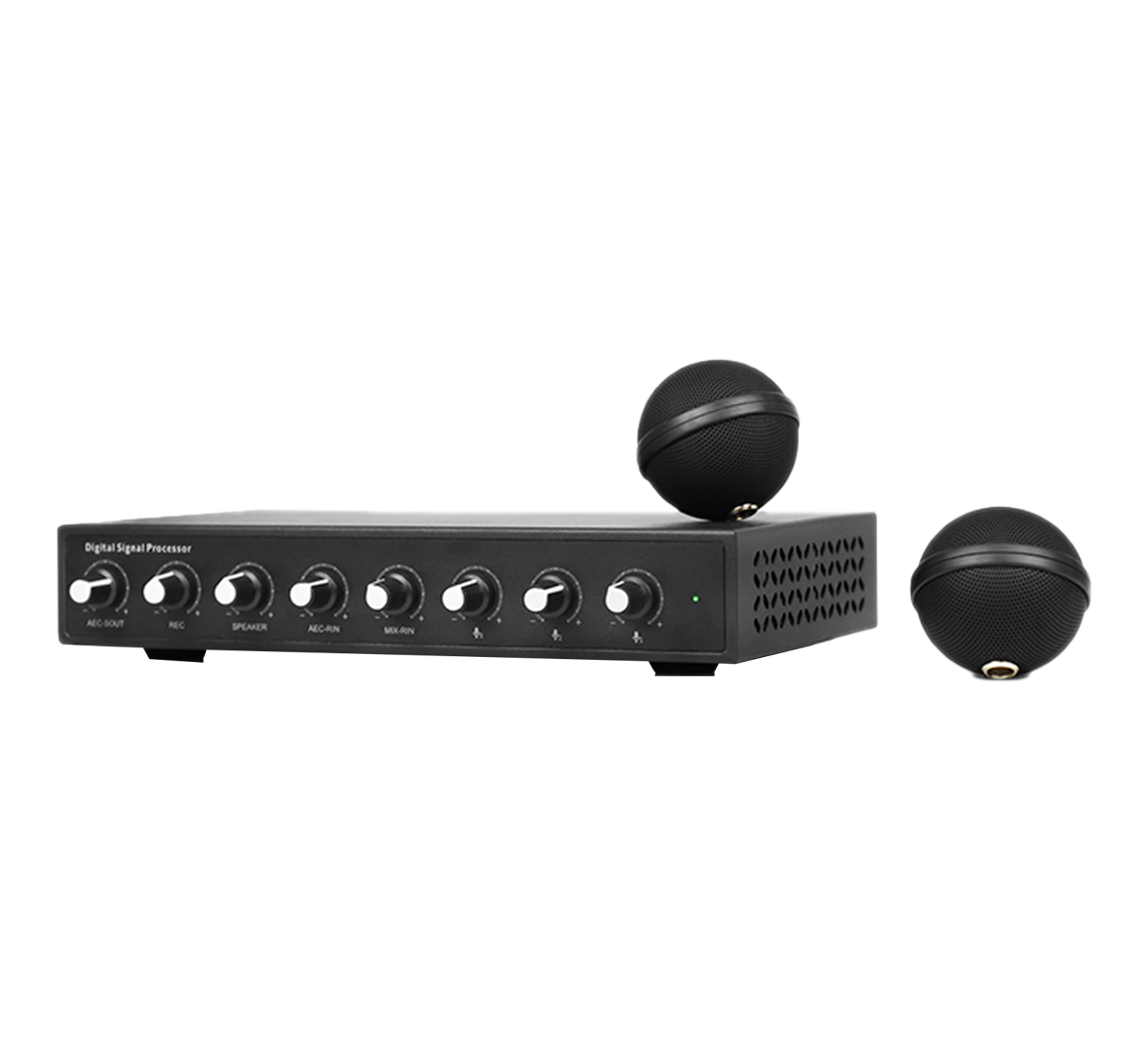Different Types of Video Conferencing
There are many classification methods for video conferences, which can be divided into: ISDN-based video conferences, PSTN-based video conferences, IP network-based video conferences, and ATM-based video conferences according to the different transmission networks used by video conferences; according to the way video conferences are implemented: hardware-based video conferencing and software-based video conferencing. Currently on the market, video conferences are generally distinguished by hardware/software.
1. Hardware-based video conferencing
At present, there are mainly two kinds of mature video conferencing hardware solutions on the market: One is the video conference based on the H.320 standard. This standard is an earlier video conference standard of ITU-T, which was formulated in 1990. It mainly provides comprehensive regulations on the performance indicators, compression algorithms, information structure, control commands, and networking principles of video conferences. It also specifies coding and the main structure of the decoder, and stipulates the composition and data structure of the video conference TV signal. As a result, the compatibility problem between products of different brands has been resolved. This standard is mainly aimed at circuit-switched networks, such as ISDN and DDN. Video conferencing systems built in China early mostly adopted the H.320 standard. The circuit-switched network is characterized by connection-oriented, small and stable transmission rate and delay, and low bit error rate, thereby ensuring the quality of video conferencing. The shortcomings of this standard are also very prominent, such as requiring a point-to-point seamless connection, which results in low bandwidth utilization and poor openness.
2. Software-based video conferencing
The principle of software-based video conferencing is basically the same as that of hardware-based video conferencing. The difference is that the multipoint control unit and terminal are realized by a combination of high-performance PC and server software, and most video coding uses MPEG-4. standard. Under current technical conditions, software-based video conferences are close to hardware video conferences in terms of video and audio quality. In comparison, software-based video conferencing has many advantages: firstly, it has less investment in hardware equipment and less maintenance, so it becomes a low-cost and high-efficiency solution; secondly, the system has strong adaptability to the network; finally, it has advantages such as flexible investment and installation, convenient deployment, easy expansion and product upgrades. As a professional company specializing in software video conferencing, Angekis Technology Co., Limited will do its best to provide you with the highest quality video conferencing.


